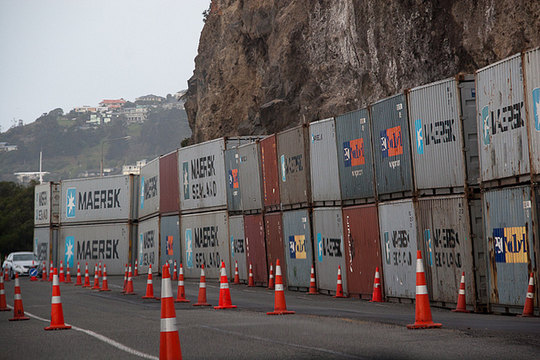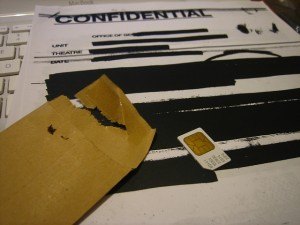
The Earthquake Commission is using contracts containing broad confidentiality clauses in an attempt to avoid future legal proceedings, complaints, and critical public comment from disgruntled homeowners, a document publicly available on the Arbitrators’ and Mediators’ Institute of New Zealand’s EQC Mediation Service website shows.
The pro forma agreement is used when disputes heard by the EQC Mediation Service are settled, however similar clauses are included in settlement agreements presented for claimants to sign when they are not represented by a lawyer and have not elected to mediate their dispute.
The clauses include an agreement that the claimant will not “commence any proceedings in New Zealand or elsewhere which in any way arise out of or relate to the Dispute, against EQC or any of its related persons, servants, employees or agents or against any other person”.
Claimants agree to “not make any complaint in relation to the Dispute to any professional, governmental or other body about the conduct of EQC or any of its related persons, servants, employees or agents or against any other person and to withdraw any complaint already made”.
EQC has been the subject of hundreds of complaints to the Office of the Ombudsman and the Privacy Commissioner. Experts EQC has engaged have also been the subject of complaints. Labour’s Minister Responsible for the Earthquake Commission, Megan Woods, has said she wants “a royal commission of inquiry into defective earthquake repairs”. Overseas royal commissions have had to address the issue of obtaining evidence which would otherwise be shielded by confidentiality agreements.
An additional clause prohibits claimants from making “any public comment critical of EQC or any of its related persons, servants, employees or agents or against any other person in respect of any matters which in any way arise out of or relate to the Dispute”. This clause would prevent disgruntled homeowners from talking about their experiences on TV, at a public meeting, or on Facebook.
“No further proceedings” clauses may be appropriate when parties have received legal advice, but clauses relating to complaints and public comment seem like bullying behaviour from a government agency trying to hide their mistakes.
The full document is embedded below.

 The Ministry of Business, Innovation & Employment has released a 2013 briefing to the Minister of Housing Hon Dr Nick Smith written by their Chief Engineer.
The Ministry of Business, Innovation & Employment has released a 2013 briefing to the Minister of Housing Hon Dr Nick Smith written by their Chief Engineer.
 Scarier, is that computers and files containing confidential information, in this case
Scarier, is that computers and files containing confidential information, in this case